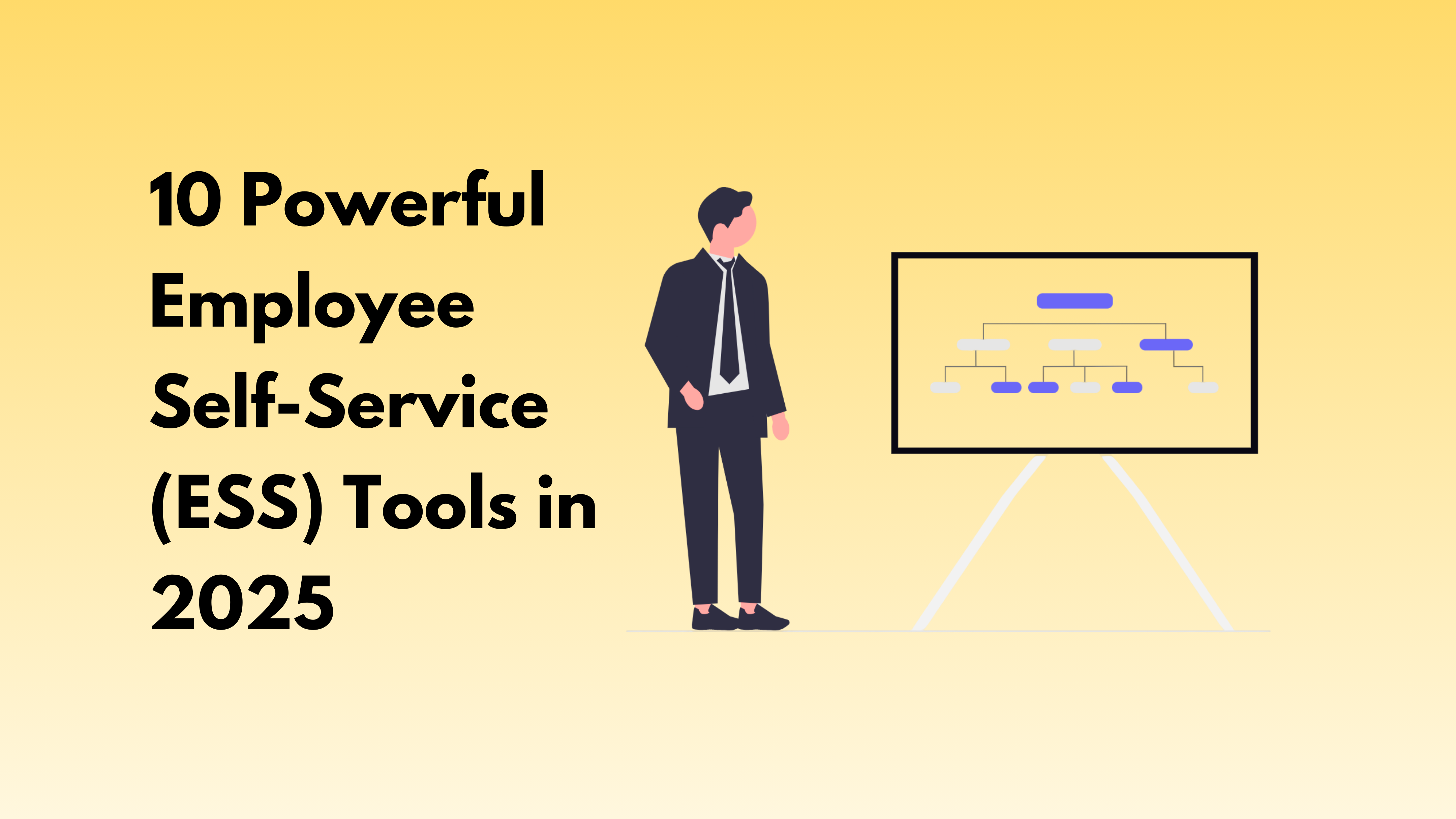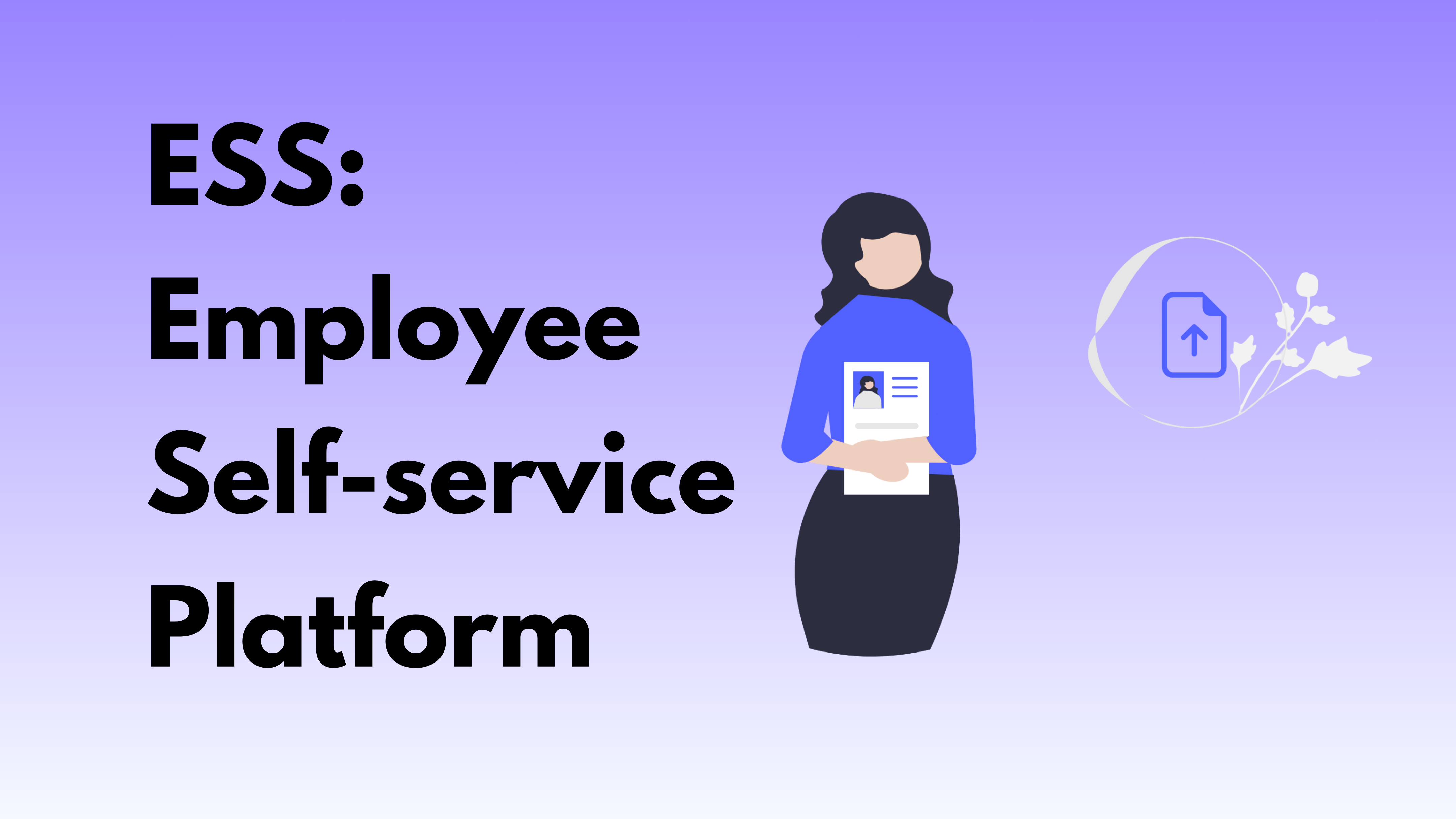![What is Project Planning? 7 Key Steps of Project Planning [With Example]](https://cdn.prod.website-files.com/6776290c9533c6c3d03230a3/67865a67c549b13d3accb02e_Thumbnail.png)
Planning always makes things perfect. When it comes down to a project, then it is essential to create a proper plan and work accordingly. Project planning helps a project manager to make a project smoother, better and overall effective and efficient. But it is also important to know how to do a project plan, what is it and what is the procedure for it.
What is a Project Plan?
A project plan is a thorough document that lists all the crucial information and procedures needed to carry out a project properly. It acts as a road map, directing project teams through every stage of a project's lifespan, from inception to conclusion. A project plan's main objective is to make sure that all stakeholders are aware of the project's goals, constraints, schedule, resource needs, and potential dangers. A well-crafted project plan helps keep the project on track, reduces uncertainties, and raises the probability of reaching the desired goals by offering a clear and structured strategy.

Key Components of a Project Plan
- Project Objectives: Clearly state the objectives and deliverables of the project. This establishes the project's direction and goal, assisting all team members in maintaining concentration on the goal.
- Scope Definition: Describe the project's boundaries and list what will be included and excluded in the scope. This keeps the project's scope from expanding past its bounds and guarantees that everyone engaged is aware of them.
- Project Timeline: Create a thorough calendar with due dates and milestones. The team can follow the progress and spot potential delays thanks to the timeline's clear blueprint for the project's development.

- Communication Plan: Define the communication channels and protocols to ensure effective information flow among team members and stakeholders. Transparent and timely communication is vital for a project's success.
- Stakeholder Engagement: Determine ways to involve and keep important stakeholders informed about the project's progress after identifying them. Engaging stakeholders increases support and buy-in for the project's goals.
Why is a Project Plan important?
A project plan is of paramount importance in the world of project management as it serves as a guiding blueprint for the successful execution of any project. Without a well-structured project plan, projects run the risk of falling into disarray, facing delays, exceeding budgets, and ultimately failing to achieve their intended goals. A project plan plays a crucial role in enhancing efficiency, communication, and collaboration among team members and stakeholders, and it significantly increases the chances of delivering a project on time, within budget, and meeting the desired objectives.
A well-written project plan also makes it easier for team members and stakeholders to collaborate and communicate effectively. The project plan guarantees that pertinent information is provided immediately and consistently by setting up communication channels, reporting structures, and update intervals. A pleasant work atmosphere is promoted by open communication, which develops a sense of transparency and trust among team members. To keep all stakeholders updated on the project's developments and any new issues, the strategy for the mobile app development project can call for weekly status meetings and regular progress reports.
Also Read: 15 Creative Brainstorming Techniques for Project Managers
7 Key Steps of a project plan
Step 1: Define Project Objectives
Clearly state the project's goals and desired outcomes.
Example: Develop a marketing campaign to increase online sales by 20% in the next quarter.
Step 2: Identify Project Scope
Outline what's included and excluded from the project to avoid scope creep.
Example: The marketing campaign will focus on social media and email marketing, excluding offline channels.

Step 3: Create a Work Breakdown Structure (WBS)
Break the project into smaller, manageable tasks with clear responsibilities.
Example: WBS tasks include designing creatives, scheduling posts, and analyzing campaign data.
Step 4: Determine Resources
Identify and allocate required resources, such as team members, budget, and tools.
Example: The marketing team will consist of a content writer, graphic designer, and social media manager.
Step 5: Develop a Timeline
Create a schedule with milestones and deadlines for each task.
Example: The campaign will run for 3 months, with weekly progress reviews and a final performance report.
Step 6: Address Risks
Identify potential risks and devise strategies to mitigate them.
Example: A risk is low engagement on social media, and the mitigation plan includes timely content adjustments.
Step 7: Communicate and Monitor
Establish a communication plan and regularly review progress.
Example: Weekly team meetings and monthly stakeholder updates ensure everyone is informed and aligned.

Demo Project Plan Example
Step 1: Define Project Objectives
The goal of this project is to create a marketing strategy that will boost online sales by 20% during the upcoming three months. The business wants to use digital channels, particularly email marketing and social media, to increase traffic to its online store and turn leads into consumers.
Step 2: Identify Project Scope
The marketing campaign will focus solely on digital channels, including social media platforms (e.g., Facebook, Instagram, Twitter) and email marketing. Other offline marketing channels, such as print advertisements or TV commercials, are excluded from this project to maintain a clear scope.
Step 3: Create a Work Breakdown Structure (WBS)
Research and analysis
- Conduct a competitor analysis and market research.
- Determine the segments of the target audience and their preferences.
Creation of Content
- Create interesting and pertinent content for email campaigns and social media postings.
- Design graphics and visuals that are pleasing to the eye.
Social Media Administration
- Posts can be scheduled and published on numerous social media channels.
- Manage online interactions, interact with the audience, and reply to comments.
Email Promotion
- Make a mailing list of prospective clients.
- Create and distribute customized email messages.
Performance Evaluation
- Keep tabs on campaign statistics including website traffic, conversion rates, and sales.
- To find areas for improvement, analyze data.
Step 4: Determine Resources
The project team will consist of the following members:
- Marketing Manager (Project Lead)
- Content Writer
- Graphic Designer
- Social Media Manager
- Email Marketing Specialist
Step 5: Develop a Timeline
Week 1-2: Research and Analysis
Week 3-4: Content Creation and Design
Week 5-6: Social Media Management and Email Marketing Setup
Week 7-9: Campaign Execution and Monitoring
Week 10: Final Performance Report
Step 6: Address Risks
- Low social media audience engagement poses a risk.
Prevention: Consistently assess campaign effectiveness and modify the content strategy to improve engagement.
- Low email open rates are a risk.
Prevention: To reduce spam, A/B test email content and subject lines to increase open rates.
- Risk: Budget restrictions that limit the campaign's reach.
Prevention: On the basis of early results, give high-performing channels top priority when allocating the funding.
Step 7: Monitor and communicate
Weekly team meetings will be held to review accomplishments, address problems, and make sure everyone is on the same page.
Stakeholders, including the management team, will receive monthly updates on the campaign's performance and accomplishments.
The team will be able to evaluate the campaign's success throughout the project by routinely monitoring key performance indicators (KPIs) such as website traffic, conversion rates, social media engagement, and email open rates. To grow online sales by 20% by the end of the quarter, any necessary adjustments will be made right away.
Note: This is a simplified demo project plan for a marketing campaign. Real-world project plans may include more details, tasks, and resources depending on the complexity and scale of the project.
One app for everything!





.avif)
.avif)


.png)

